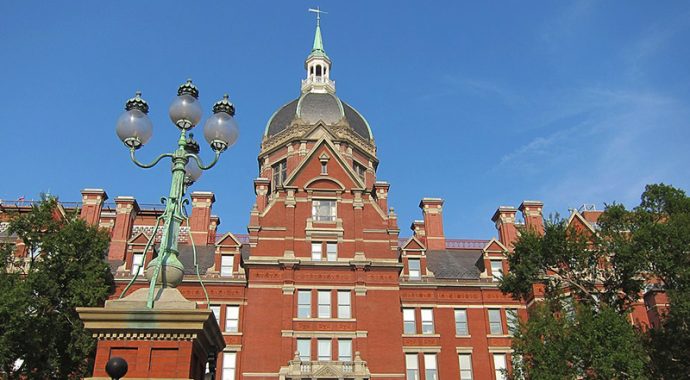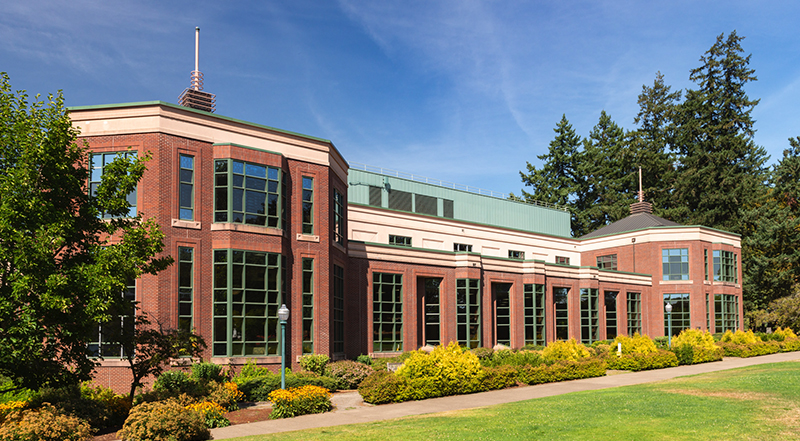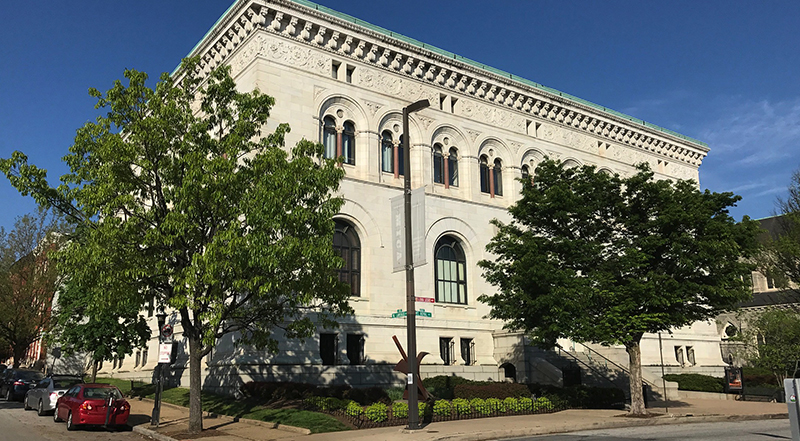
By Elizabeth LaScala, PhD
Founded in 1876 as America’s first research university, Johns Hopkins is a school that’s often linked closely with the study of medicine, biomedical engineering or other engineering specialties. Just over 30 percent of Johns Hopkins seniors earn degrees in science or engineering. The university also receives more funding for academic research than any other institution—public or private—in the United States.
With about 6,000 undergraduates, Johns Hopkins is a mid-sized institution, highly selective and test mandatory. More than 45,000 students applied for fewer than 1,300 spots in the most recent freshman class. The middle 50 percent scored between 1530 and 1570 on the SAT and between 34 and 36 on the ACT. The average unweighted GPA was 3.95 in a notably rigorous curriculum.
Students who view Johns Hopkins as a top choice are strongly encouraged to apply Early Decision (ED I or ED II), through which between 50 and 60 percent of the freshman class is admitted. ED I and ED II rates are not disclosed, but I suspect the vast majority of applicants are admitted ED I.
Except for Biomolecular Engineering, Johns Hopkins operates as a “single-door” admissions school—students are admitted to the university as a whole, not a specific major. This allows admitted students to switch between the Krieger School of Arts & Sciences and the Whiting School of Engineering—even before their first day on campus. More than two-thirds of undergraduates double major, often bridging both schools, and many also pursue multiple minors. Students can begin conducting paid research with faculty or receive funding for independent projects as early as their first year.
There is no such thing as a weak academic department at Johns Hopkins. Recent expansions include a growing Computer Science major and new academic offerings such as Latin American, Caribbean & Latinx Studies, Moral & Political Economy, and Systems Engineering. New minors include Civic Life, Cultural Diaspora Studies, and Energy. Students may also pursue a dual degree with the university’s renowned Peabody Institute—the nation’s oldest music conservatory—or enter direct matriculation pathways toward master’s degrees in Global Public Health and International Relations. Additionally, undergraduates may apply to one of 14 combined bachelor’s/master’s programs after completing eight semesters. Admitted students receive the Dean’s Master’s Fellowship, which provides a 50 percent tuition discount for the fifth year of full-time master’s study.
The university’s main campus, located in Baltimore’s Homewood neighborhood, offers the traditional collegiate atmosphere many families seek—complete with red-brick buildings, tree-lined walkways, an iconic clock tower, a spacious quad, and a scenic area known as “The Beach,” where students gather to relax, read, and socialize in warmer weather.
Baltimore—affectionately called “Charm City”—is full of cultural opportunities, and Johns Hopkins is deeply integrated into the local business and medical communities. Students can access free citywide transportation through the Collegetown Network, and the university’s Blue Jay Shuttle provides convenient on-campus travel. Compared to some peer institutions, Johns Hopkins has a stronger campus spirit and sports culture, largely thanks to its nationally recognized lacrosse program, which competes in the Big Ten. The university also hosts multiple student-run spring fairs, and roughly one-quarter of undergraduates participate in Greek life.
For a highly qualified student who aspires to be a musician, philosopher, physicist or physician, and hopes to be admitted to a super selective, research-intensive urban university—with a campus that still feels like a true college community—a visit to Johns Hopkins is a must. If the fit feels right, and your profile is exemplary, consider applying ED to this fine research university.
Private: 6,090 undergrads; 24,273 grad students
8% acceptance rate;
mid-SAT: RW 750-780, M 780-800; ACT range: 34-35;
63% diversity; 15% intl.; 86% out-of-state; 6:1 student to faculty
Image Credit
Title: Johns Hopkins’ Historic Dome
Author: Art Anderson
License: Creative Commons Attribution-Share Alike 4.0
Source: Johns Hopkins’ Historic Dome – panoramio.jpg



